The Church of Santa Pudenziana is certainly one of the most evocative Romanesque structures in Italy: a place not to be missed for all lovers of art and history visiting southern Umbria.
The beauty of the Church of Santa Pudenziana, former Santa Maria in Visciano.
The church is located in the beautiful countryside of Narni in a place where beauty is mixed with peace, just below the hill dominated by the former castle of Borgaria.
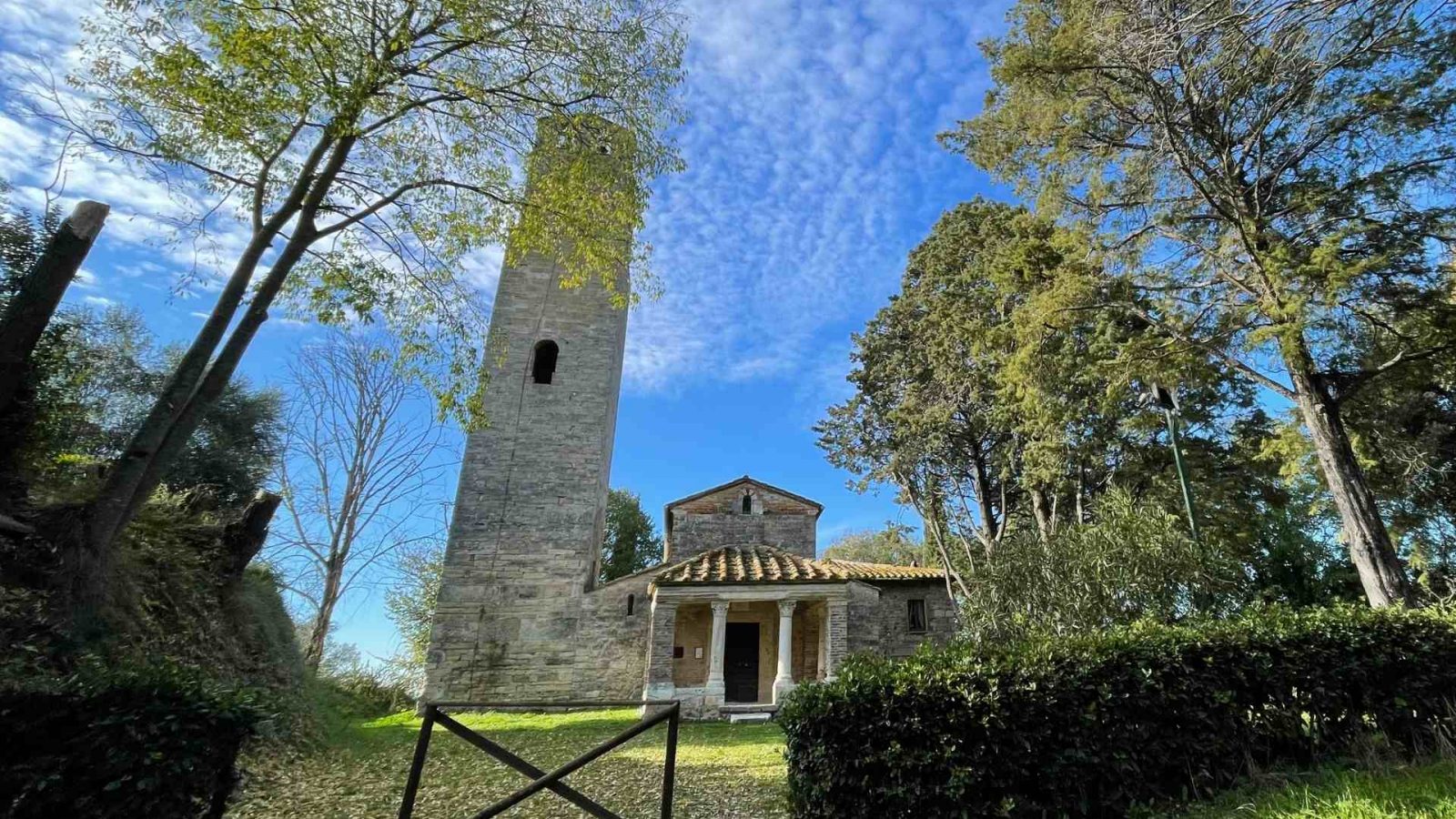
The history of a wonderful place.
The ecclesiastical complex was built with recovered materials, probably one of the many Roman villas that were scattered in the fertile surrounding territory. The church was once dedicated to the Virgin Mary as is attested in the first documents mentioning the Church of Santa Maria di Visciano as property of the Chapter of the Church of San Giovenale in 1129. However, its construction must be much older.
The current very high bell tower must have belonged, together with the tower of the Castle of Bufone and the Castle of Borgaria itself, to a defense system dating back perhaps to the Byzantine era.
A dating hypothesis places the beginning of the work for the construction of the church at the end of the tenth century, when between 998 and 1036 the abbot Peter or his nephew Hadrian arrived in Italy following Gerbert of Aurillac – future Pope Sylvester II – and the emperor Otto III.
From Santa Maria to Santa Pudenziana.
The church was first dedicated to the Madonna, and later dedicated to the sister of Saint Prassede: Saint Pudenziana. The singular fact is explained with the discovery in the area of brick with the mark of this Pudente believed to be the father of the two Roman Saints.
Every year on May 19 there is the celebration of Saint Pudenziana.
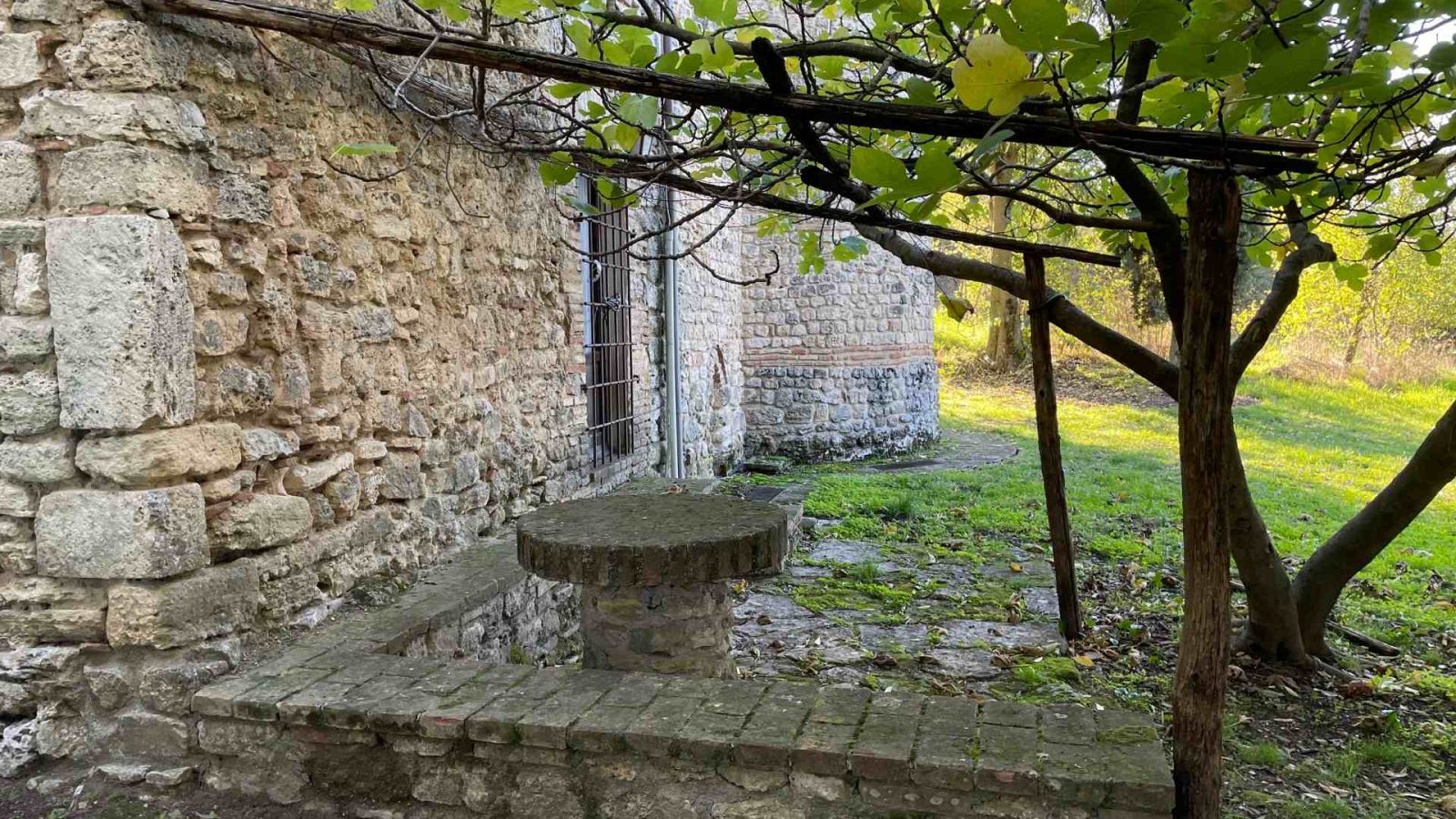
The architecture.
Coming from the Via Flaminia and along the descent that passes into the small town of Visciano and goes down to the valley, you are immediately surprised by the structure of the porch (probably a narthex), its columns with beautiful capitals and, above all, from the very high bell tower.
The facade is salient, with a central window on the tympanum, where a perpetual calendar is inserted, and two other open to illuminate the two side naves.
On the back, the apse is dominated by a window in the shape of a Maltese cross and has, at the bottom, three other small windows that illuminate the crypt.
The perpetual calendar.
One of the interesting elements of the facade is a walled tombstone on the right shoulder of the window above the porch. Many have tried to understand what the engraved numbers and the meaning of the final word “PESAC” were.
Was the scholar Bruno Marrone to reveal the identity of what defines the perpetual calendar: is like an algorithm , like we can say today, to identify the day of the Pesac, the Easter day.
Interesting even the reading PE SAC which linked the epigraphe also to the supposed builder of the church, Petrus sacerdos.
The threefold belt on the porch.
On the porch of the church is reported for two times the threefold belt, a symbol present in many medieval sites and interpreted in different ways as the omphalos, the belly button which symbolizes a place of high spirituality.
The interiors and the frescoes.
The exterior beauty is balanced with the interior beauty of this little roman jewelry built in three aisles with truss roof.
The recovery architecture , as the columns on where the semicircular arches are based , are extremely essential: like this also the capitals , which don’t reproduce any of the three classical orders.
The altar in travertine is overlooked by a ciborium with pyramid dome, behind the semicircular apse with the chair with two armrests and at the top of which are carved two leonine heads; the sides of the seats.
From the sides of the altar you go down into the crypte supported by little columns and illuminated by little windows.
The church is rich of frescoes dating from different periods, the most interesting is that one represented the dedicatee of the church: here the eyes of Santa Pudenziana continue to trasmiss , through the centuries, peace and serenity .
Church of Santa Pudenziana
Str. di Visciano, 05035 Narni TR
Web: santapudenziana.org
Phone 347 1174462
The Church of Santa Pudenziana is reachable after a trail of 1 km from the branch of Via Tiberina which leads to the village of Visciano.
Are possible guided tours from June to September on Sunday afternoon.
It is possibile park the car in front of the church.
Discover Narni.
Discover with us the places of interest near the Church of Santa Pudenziana.
Or discover the points of interest of Narni and of its territory:
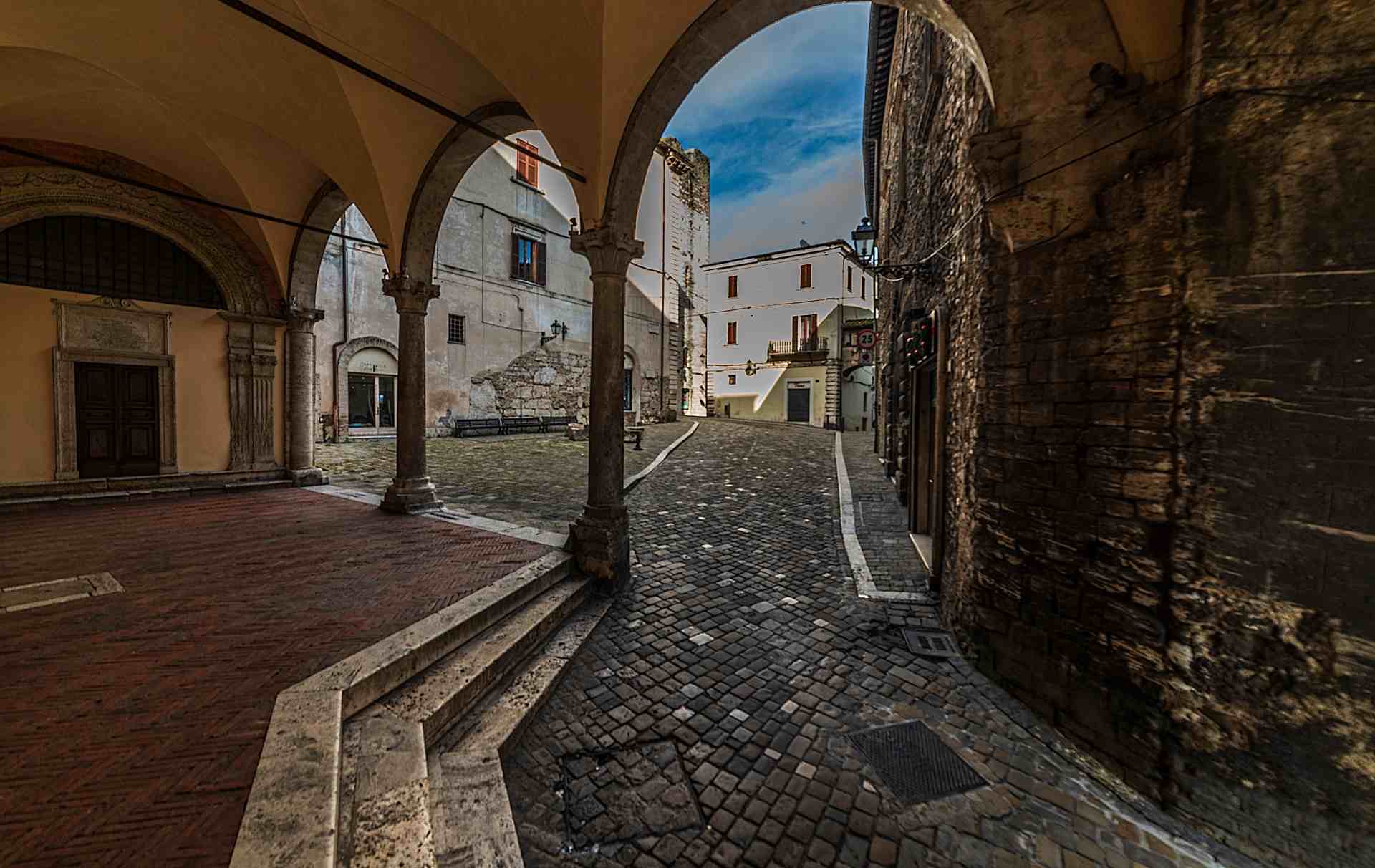
The facade and the Renaissance Porch
The principal facade of Narni’s Cathedral, faced on piazza Cavour, is characterized by a porch built during the renaissance, which frames three marble doors with
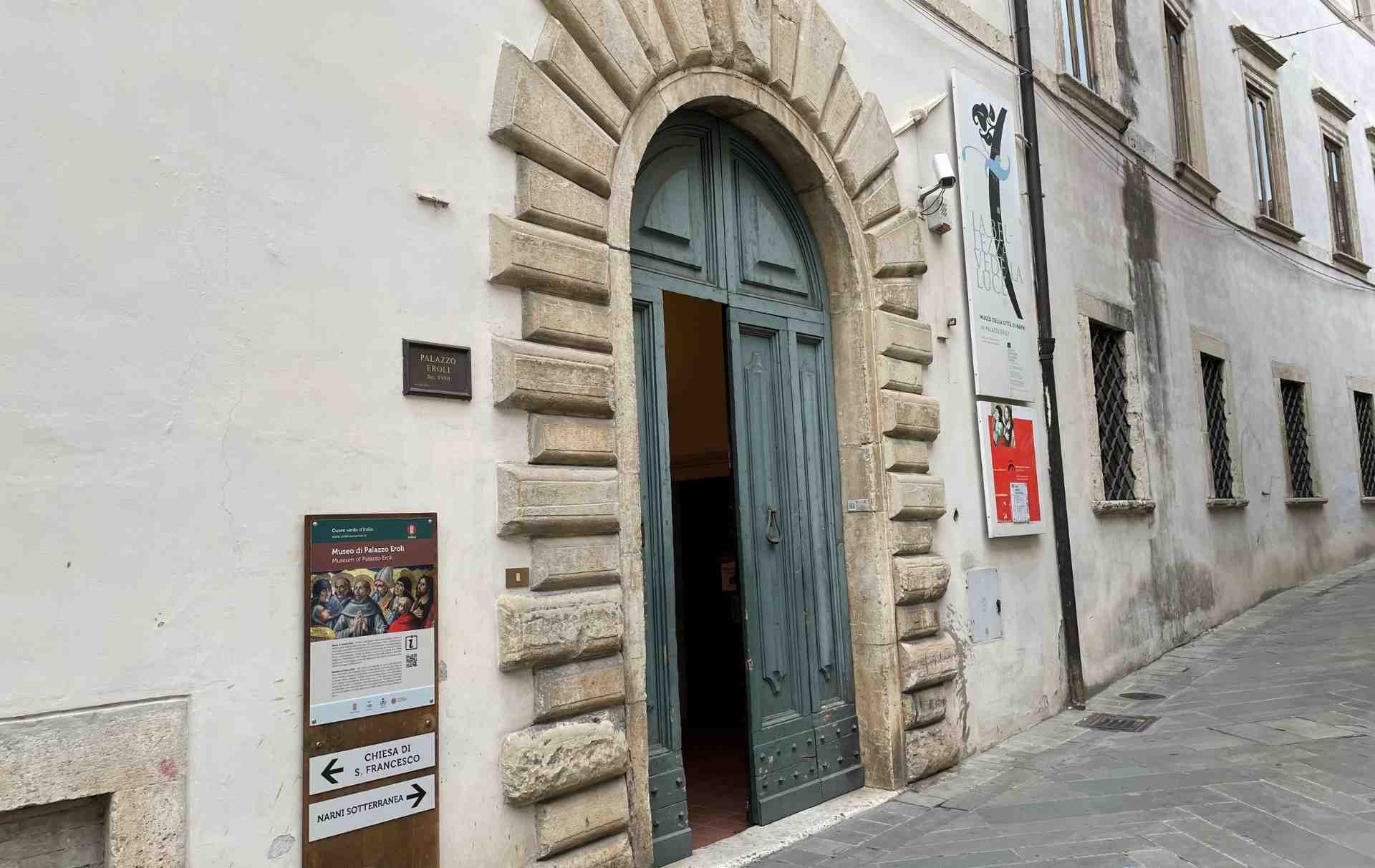
The history of Eroli Palace
The history of Eroli Palace, actual headquarter of the museum, of the art gallery and of the municipal library of Narni, is linked to the
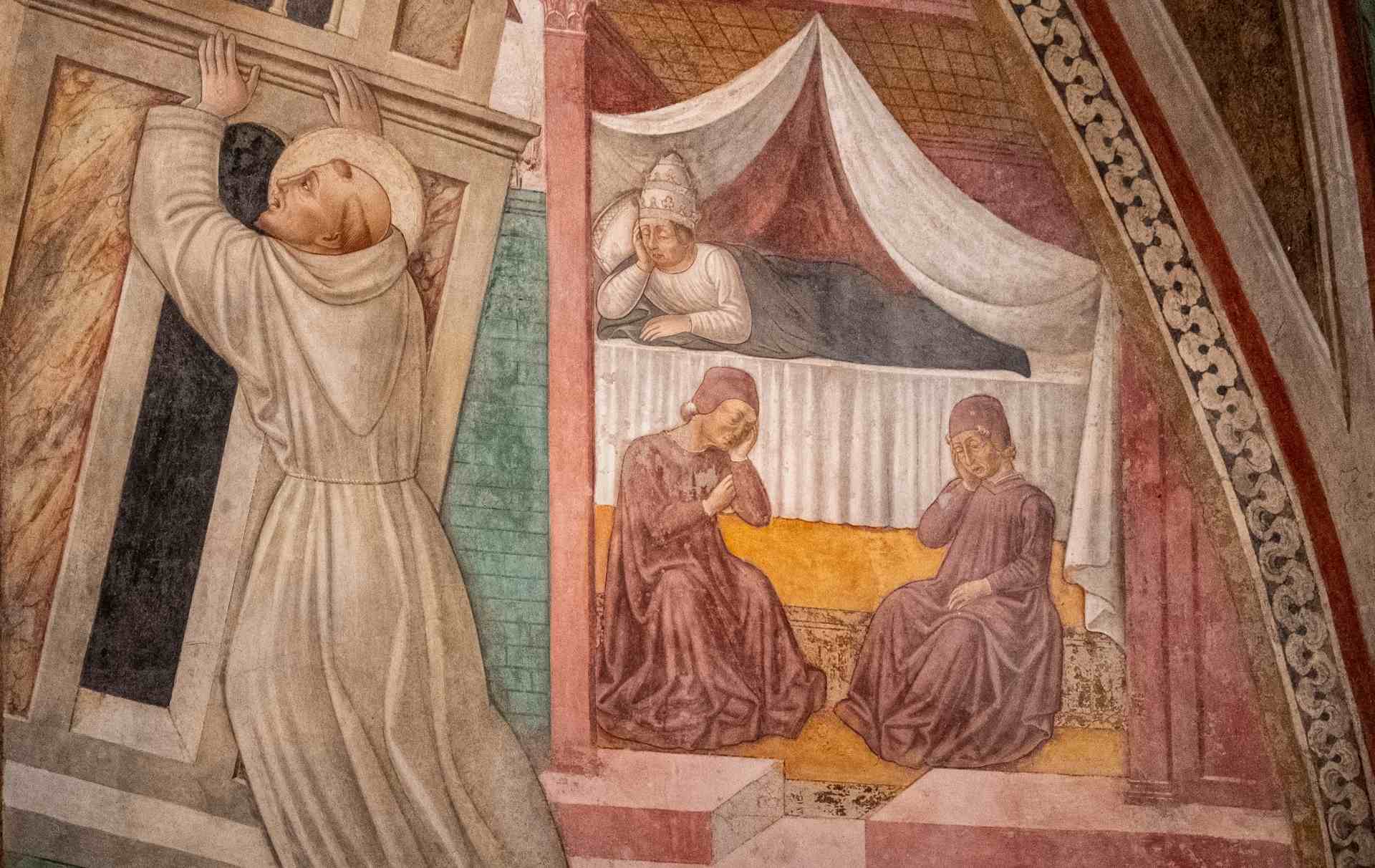
The Church of San Francesco
Arriving from the close via del Campanile or directly from Piazza dei Priori, you can only be kidnapped by the late Romanesque features of the


